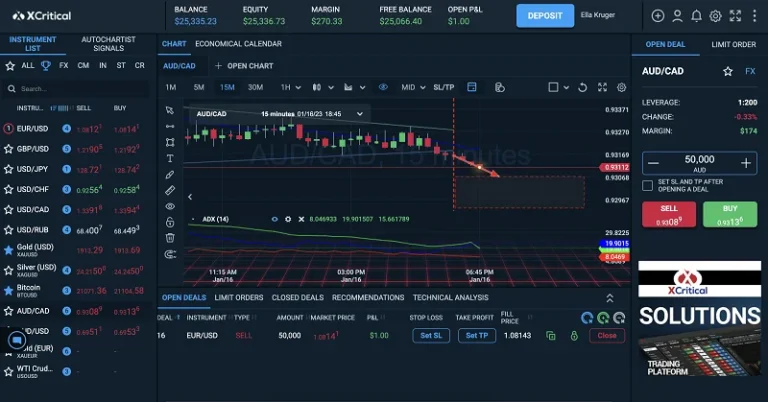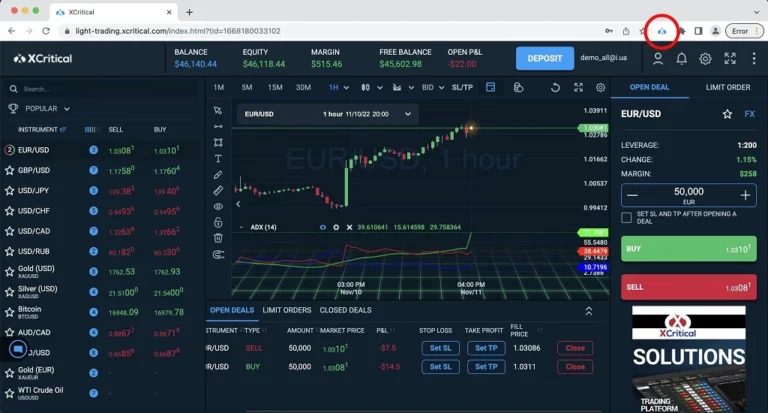The time-weighted common limit refers again to the most time period over which the TWAP calculation is considered. It ensures that the data used is relevant and reflects current market conditions. The major cons of TWAP is that it may not always align completely with all buying and selling scenarios or market conditions.
This limitation makes it less versatile for merchants operating in fast-paced or extremely volatile environments. It entails adding up the prices of the inventory at each chosen interval and dividing the sum by the entire variety of intervals. In crypto, slippage is a real concern, especially if you place orders too huge relative to the obtainable limit orders in the order guide.
Cons Of Twap

For the vast majority of DeFi use circumstances, VWAP-based price mechanisms are extra suitable than TWAP calculations. With Chainlink Worth Feeds, protocols can seamlessly integrate VWAP-based worth knowledge that’s hyper-reliable, high-quality, and decentralized at a quantity of levels so as to higher serve customers, tasks, and the house extra broadly. DeFi protocols using on-chain liquidity swimming pools to generate TWAP pricing are restricted by the belongings available for trading on their change. This means they may always be limited by the tokens out there on the blockchain they’re running on. For example, an Ethereum-based protocol can only generate TWAP prices for ERC-20 tokens priced in opposition to other tokens on that community.

As markets evolve and buying and selling strategies turn out to be more and more subtle, TWAP stays a relevant and very important part of the trader’s arsenal. TWAP is a technique that slices a big order into equal-sized parts and executes them at common intervals over a specified time-frame. This methodology focuses purely on time, disregarding the volume of trades occurring in the market. It’s significantly helpful for markets with consistent volume all through the day or when the order size is relatively small compared to the common volume.
Flash loans are instant, uncollateralized loans that should be repaid throughout the same transaction, posing a danger of exploitation in dApps that make the most of AMM DEXs for spot pricing in liquidity swimming pools. Malicious entities can exploit this by securing massive loans in a single transaction to skew the spot worth, thereby compromising sensible contracts that rely upon these spot costs algo trading examples. Certain merchants use them for high-frequency buying and selling – deploying TWAP orders at relevant areas of curiosity while keeping the trading technique easy.

This instance shows yesterday’s VWAP ranges (horizontal strains 1, 2 and 3), today’s VWAP (blue central line) and today’s second SD ranges (A and B) on a 5-minute chart. The first, second and third commonplace deviations (SD) of the VWAP are used to create the bands. I will generate a chart based mostly on the example provided, exhibiting how VWAP and TWP move with time. Due to its simplicity and minimal computational requirements, TWAP is simple to implement and execute on-chain, making it an efficient option. First of all, we’ll fetch the information of the inventory we wish to calculate TWAP of. For calculating the common of every row, you simply want to repeat and paste the formulation for every row in the cell beneath TWAP.
- As liquidity shifts across numerous markets, a market-wide worth can still be generated.
- While TWAP calculations can cut back this lag through the use of worth points from a shorter timespan, this may then make it cheaper for a well-capitalized malicious actor to interact in manipulation.
- Taking a look at these two indicators, we can see that both of them take the common price of crypto for a certain time-frame and use it to get a sure perception.
- This implies that transactions with bigger volumes influence the benchmark more than smaller ones.
- While both TWAP and VWAP worth mechanisms have certain advantages, TWAP algorithms have numerous disadvantages that make them unsuitable for the majority of DeFi use instances.
Vwap As A Buying And Selling Benchmark
To calculate VWAP, multiply the price of each transaction by the volume of that transaction. Then, add these outcomes together and divide by the whole volume traded in the day. For example, if the whole trading worth is ₹50 million and the entire quantity is 1 million shares, the VWAP could be ₹50 per share. Notable historical occasions and case studies illustrate the effectiveness of TWAP orders. For instance, during times of excessive market volatility, TWAP orders have proven their efficacy in minimizing execution threat Non-fungible token and reaching more consistent trade execution.
To conclude, buying and selling algorithms similar to TWAP and VWAP are powerful tools that can help merchants in making superior buying and selling choices. Whereas both algorithms seek to perform the typical execution value of a safety over a given time period, they differ in how they account for commerce quantity and their major targets. This strategy includes setting parameters like order dimension and execution intervals, tailor-made to market situations and liquidity. The TWAP-based algorithm strategy is a classy method to trading that requires careful planning and execution.
When individuals mention TWAP, they normally discuss with the TWAP buying and selling technique quite than the indicator itself. This strategy is after all https://www.xcritical.com/ based mostly on the TWAP indicator and is used to fill massive positions that have low liquidity and within the process avoid slippage or fall victim to market volatility. This order type divides giant orders into smaller ones and fills them in common intervals. With this, merchants can execute giant orders and the common value of the order shall be TWAP.
The other most popular use of the VWAP calculation strategy is its use by traders as a technical indicator and by brokers as an execution strategy in conventional finance. Time-weighted average worth (or TWAP) is an order kind commonly used to fill massive orders incrementally, minimizing market impact. Whereas time-weighted and volume-weighted common worth suggests that the two are very comparable indicators – the reality is slightly bit different. This article discusses the time-weighted average price intimately as this execution technique is sort of useful for big commerce orders. If you wish to know the what, why and the way of TWAP and its difference from VWAP, then this text will serve your objective properly. TWAP strategies promote steady order exercise, which is very useful for bolstering liquidity in markets the place it tends to be scarce.
They are monetary instruments which supply the investor the possibility to use leverage. newlineThe use of leverage implies the chance of dropping more than the total value of the account. If commerce costs are normally distributed …about 68.2% of all trades lie between the -1 SD and +1 SD and,about 95.4% of all trades lie between the -2 SD and +2 SD. Inventory trader with a ardour for sharing his data and insights with others, which led him to begin a weblog about stock buying and selling, cryptocurrencies, and broker critiques. The main drawback of TWAP is a linear execution mannequin as intraday volume isn’t linear. Precise and safe price information is crucial for the integrity and success of DeFi platforms, guaranteeing truthful asset valuation and safeguarding in opposition to worth manipulation by malevolent entities. VWAP (Volume Weighted Average Price) methodologies are usually more acceptable for a extensive array of DeFi purposes in comparison to TWAP (Time Weighted Common Price) strategies.
Finally, the key to buying and selling success is having a well-defined technique and the appropriate devices, such as buying and selling algorithms as TWAP and VWAP. Traders could make informed selections and maximize their returns by incorporating these algorithms into their trading strategies. This refers back to the average price of a safety, weighted over a specified time interval, essential in TWAP strategy formulation. The idea of weighted average value TWAP is central to understanding how TWAP works in practice. By focusing on the time-weighted aspect, this strategy ensures that every interval throughout the specified timeframe contributes equally to the final price, regardless of the volume of trades throughout that interval.
